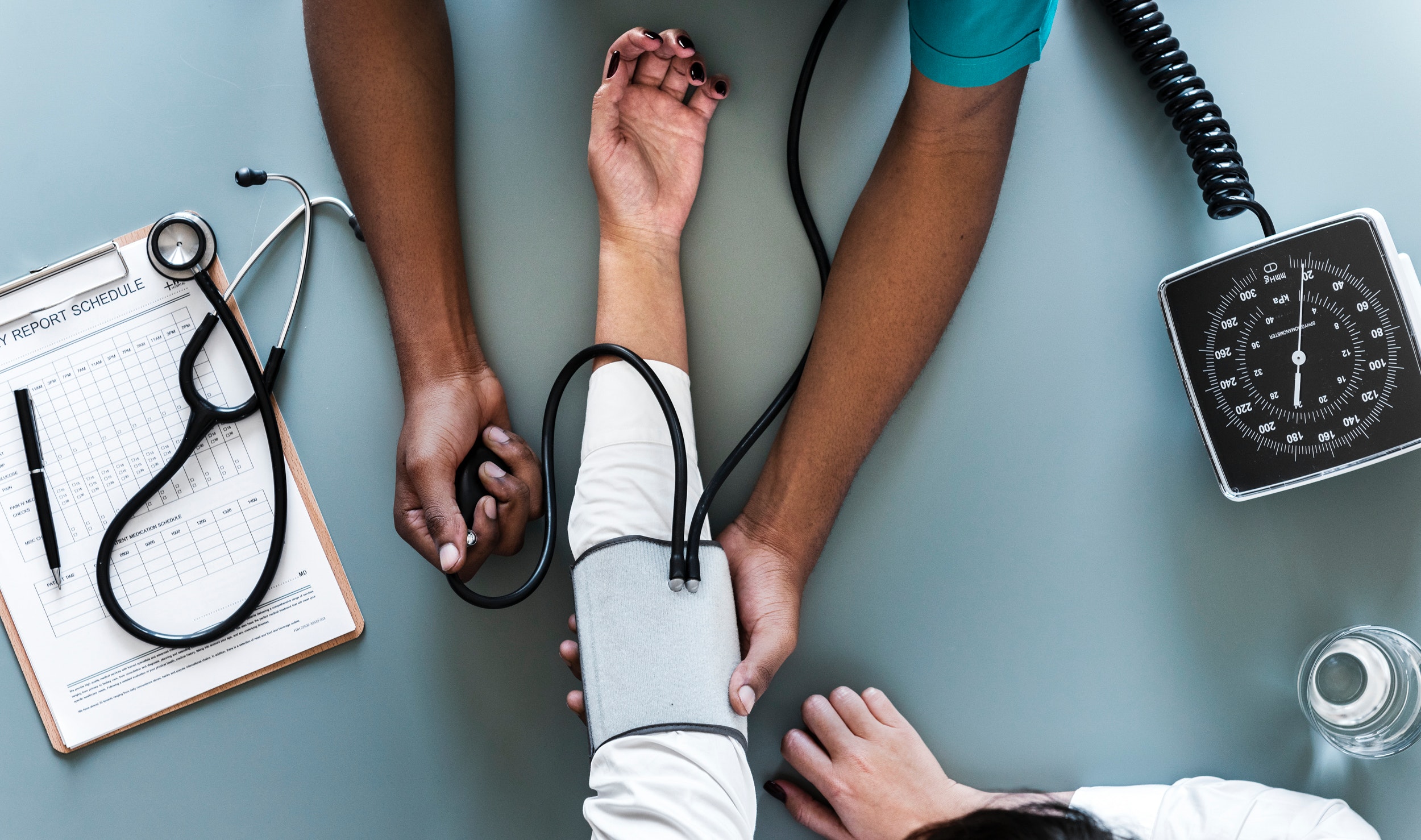
Hypertension is a condition in which the blood pressure is above 130/80 mmHg. Blood pressure is considered normal if it stays in the range of 100- 129/80 mmHg. The blood pressure may change anytime, depending on the activity of the person. Hypertension is one of the factors that may increase the risk of other diseases including heart disease, stroke, and even death.
Someone with hypertension will be advised to consume various drugs such as angiotensin-converting enzyme (ACE) inhibitors which may help to maintain the blood pressure. Even though those drugs are effective, the side effects will always “haunt” the users. Recently, research results showed that the exposure of blue light may help to maintain blood pressure and reduce the risk of other cardiovascular diseases. Different from sunlight which contained carcinogens, experts claimed that blue light is safe for the body.
The results of joint research between the University of Surrey and Heinrich Heine University Dusseldorf showed that the exposure of blue light may reduce the systolic blood pressure (pressure in the blood vessel when the heart contracts) by eight mmHg. Moreover, the researchers explained that the result is the same or even better than the effect of medication using drugs. Also, blue light exposure may also increase the level of NO in the body. NO is a compound which may help to relax the blood vessel and drop the blood pressure.
In the research, the researchers observed 14 male participants with an age range of 30-60 years old who did not have any history of cardiovascular disease, hypertension or diabetes. Each of the participants was asked to went through two sessions, a blue light exposure session, and control light exposure session with the wavelength of 420-453 nanometer. Every session ran for 30 minutes, and the intervals between each session were one week To observe the effect of the exposure, the participants were asked to went through some tests such as blood pressure test, blood vessel dilation test, and arterial stiffness test before, during, and 2 hours after the exposure sessions.
Text by Anggie Triana
Stock photos from Image Google Search
Source(s):
- Stern, M., Broje, M., Sansone, R., et al (2018). Blue light exposure decreases systolic blood pressure, arterial stiffness, and improves endothelial function in humans. European Journal of Preventative Cardiology, DOI: https://doi.org/10.1177/2047487318800072.
- Science Daily - Blue light can reduce blood pressure, study suggest (2018). https://www.sciencedaily.com/releases/2018/11/181108110032.htm, November 27, 2018.